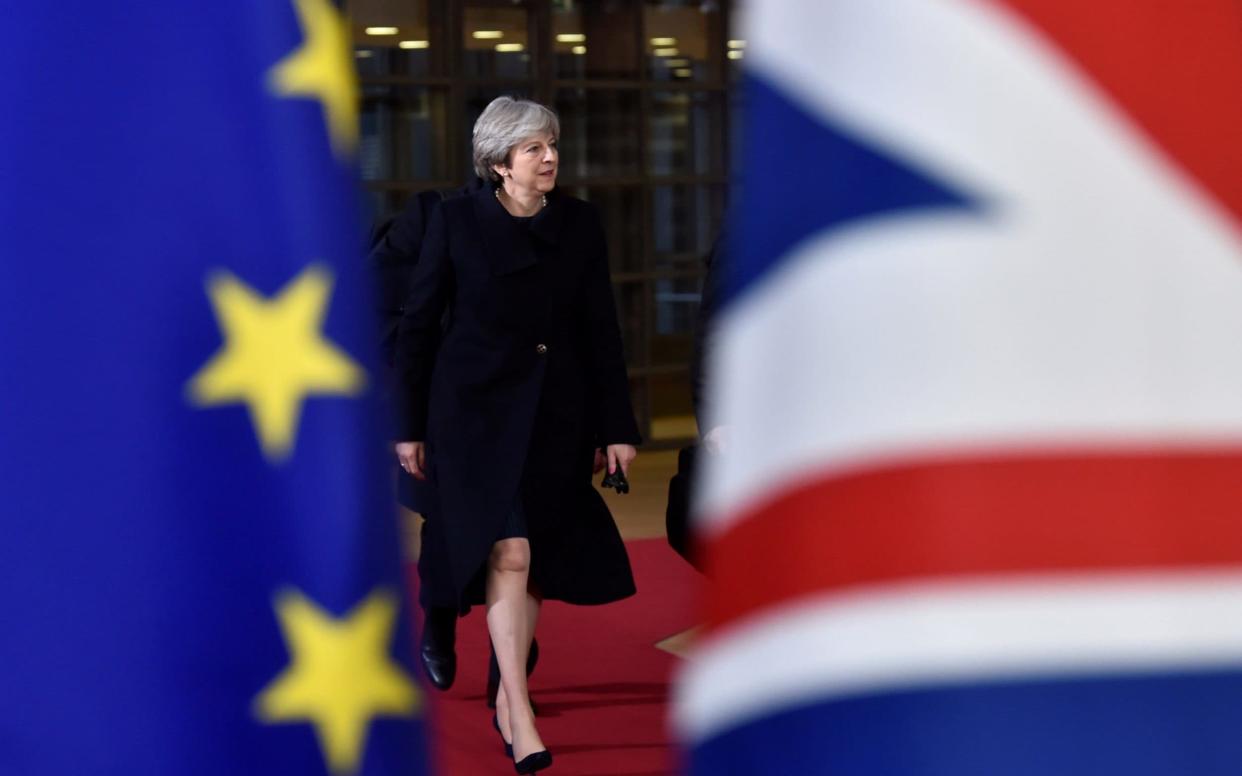Brexit Bulletin: The transition tiff begins

Good afternoon.
The first time Theresa May met her fellow European leaders as Prime Minister, they met her with silence as she set out her approach to Brexit. She must have found some respite last night when her counterparts gave her a round of applause, instead of the silent treatment, as they signalled that talks would finally progress.
European leaders have agreed to push negotiations onto the second phase, which means ‘exploratory’ talks can kick off between the UK and EU over their future relationship, covering trade and transition. Mrs May wants to tackle both immediately, but Jean-Claude Juncker frustrated her by making clear that those “real negotiations” about trade would begin next March. The focus for now would be on the terms of Britain’s transition. He did at least say something nice about the Prime Minister, describing her as a “tough, smart, polite and friendly negotiator”. My colleague James Rothwell explains what else we have to look forward to here.
The EU27’s opening gambit on transition will be hard for the Prime Minister to sell to her party: obliging Britain to accept for around two years after March 2019 the jurisdiction of the European Court of Justice, EU free movement, regulation and trade policy. This isn’t far off the “standstill” transition envisaged by Philip Hammond and Nicky Morgan (who has written in the Telegraph about why she thinks it is wise). However, Brexiteers like Jacob Rees-Mogg have warned that such terms would mean Britain was still “de facto” in the EU during such a period, so Mrs May will have to extract concessions - such as the right to sign trade deals at least - in order to assauge their fears.
The EU is keeping up the pressure on this, with the Commission set to publish its view of what the terms of transition should be next Wednesday. That coincides with the last PMQs of the year and Mrs May’s next potential confrontation with rebels over her Withdrawal Bill - not a quiet day for her on the Brexit front. She will need to start trying to align her cabinet behind a preferred trade policy position so that she can decide how much alignment Brexit Britain can have with the EU. Once that is clear, she would have a position to take to the EU27 for next March. Donald Tusk warned that the next phase would be “more demanding [and] more challenging”, so the Prime Minister may have to live up to her “tough” and “smart” negotiating reputation to get through it.
This is an extract from my afternoon Brexit Bulletin. To get it straight to your inbox, with much more featured, sign up below
Brexit Bulletin An essential briefing on the day’s politics news - free and direct to your inbox each afternoon Sign up View sample

 Yahoo News
Yahoo News 
